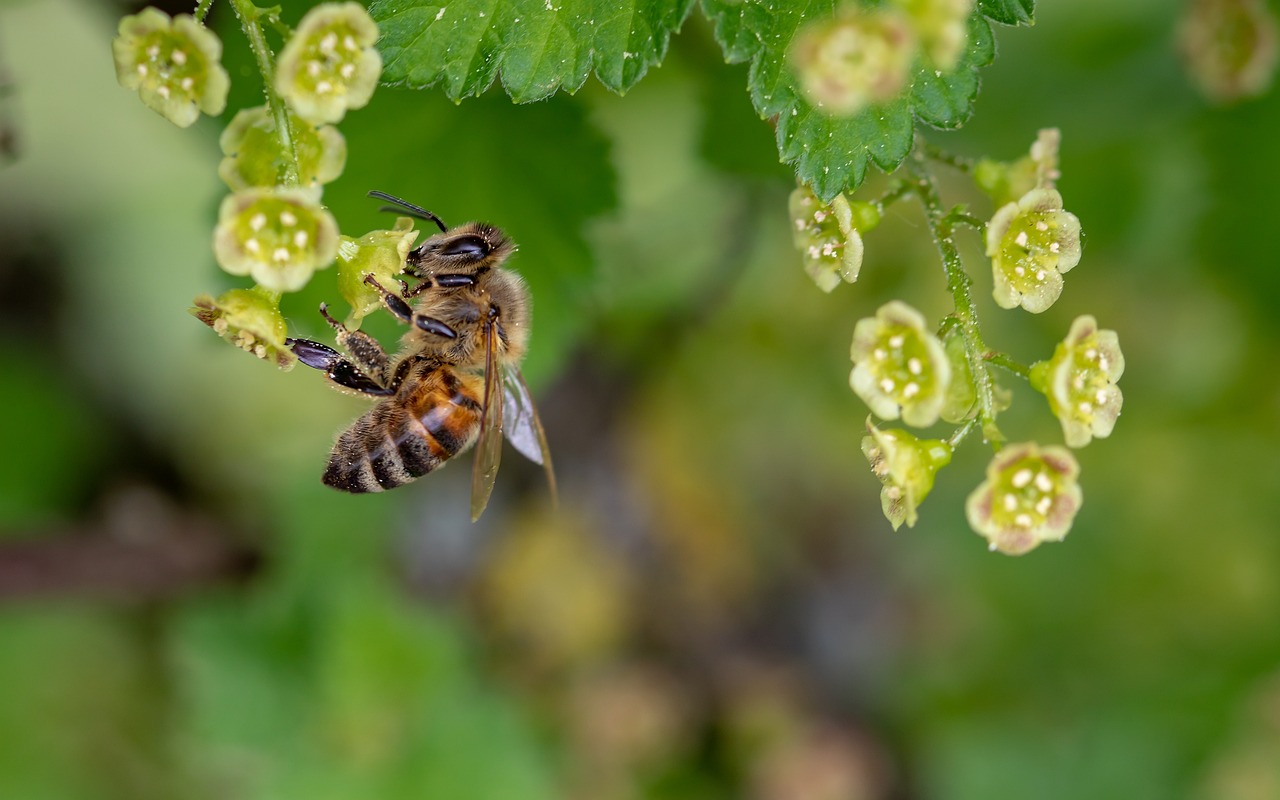Report by Alekhya Chavan
Honeybees and yellow jackets may not seem like mathematicians, but they have a clever trick up their sleeves. These insects, often known as striped bugs, can solve a puzzle when it comes to building their homes. Let’s explore how these tiny creatures use geometry to create their nests!
Bees and wasps are like the bosses of their colonies. They take care of their babies in homes shaped like six-sided hexagons. These homes are made from either wax or paper. As their babies grow, they need bigger homes, just like when you move from a small bedroom to a bigger one. But changing their homes isn’t as simple for these insects.
Here’s where their clever trick comes in. Instead of only using hexagons, bees and wasps mix in some shapes with five sides and others with seven sides. This special mix of shapes helps them build their homes faster and with fewer problems. Scientists discovered this trick and thought it was almost the best way to solve the puzzle.
To understand this trick better, scientists studied pictures of different bees and wasps. They used a special computer program to look closely at 22,745 cells in the pictures. This helped them measure things like how long the walls of the cells were and how many neighbors each cell had.

Nils Napp, a computer scientist made a math plan to understand how bees and wasps build their homes. He discovered that what the bees and wasps do is almost like an optimal geometric solution.
The term “optimal geometric solution” means the best logical way to put anything together, such as puzzle pieces, such that it fits exactly and functions well. It’s similar to when you arrange your toys or building blocks in the right way These bugs do something similar with their cells.
They make shapes that fit together like puzzle pieces. This smart strategy helps them avoid problems like gaps in their nests.
Scientists used a math idea called “Delaunay triangulation” to understand how bees and wasps make their nests. Imagine connecting dots with lines to form triangles, and then drawing circles around those triangles. This is similar to how bees and wasps create their nest patterns using shapes!
Bees and wasps have evolved over millions of years and use different materials for their nests. Yet, both of them have learned the same “five-seven rule” for switching between hexagon sizes.


Next time you see a beehive or a wasp nest, remember that it’s not just a home; it’s a noteworthy example of geometry and teamwork created by these resourceful little architects. Just like solving puzzles in school, bees and wasps use strategies to build their homes.

